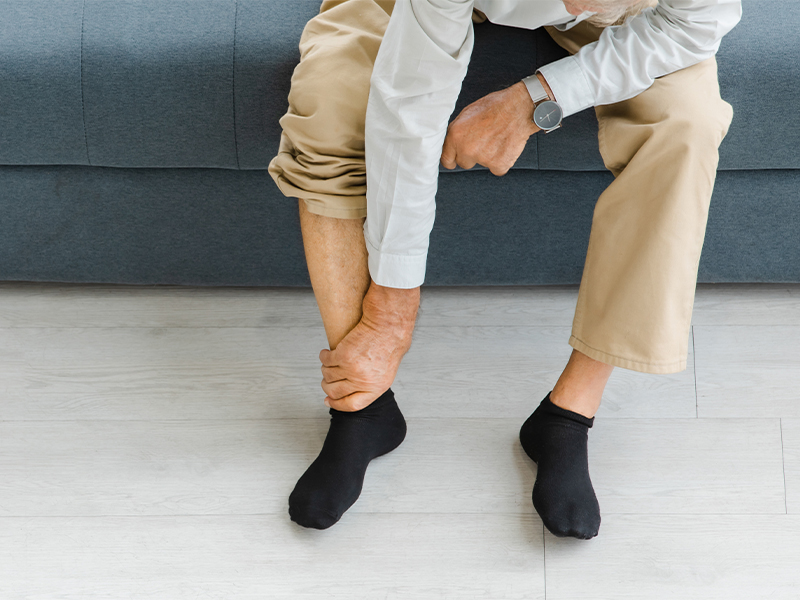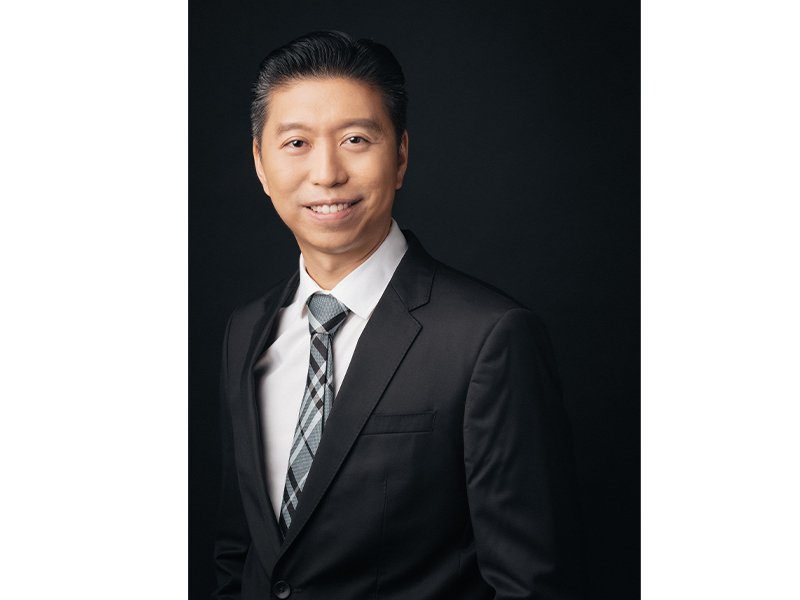Our ankles are heavy lifters when it comes to keeping us up and about. So sufferers of ankle osteoarthritis know only too well how debilitating it can be when this joint is affected. DR KEVIN KOO is a Singapore orthopaedic surgeon who specialises in ankle arthroscopy surgery and ankle osteoarthritis.
What is ankle osteoarthritis and what does it feel like?
Your ankles are amazing joints where three bones (the tibia, fibula and talus) come together to provide mobility, stability and balance. The surfaces where these bones meet are covered and protected with smooth cartilage.
Ankle osteoarthritis is a degenerative condition. When the cartilage between the bones wears down over time, people experience pain when weight-bearing and a decreased range of motion or stiffness meaning they can’t bend or flex completely. There can also be swelling and angular deformity of the joint.

What are the main causes and risk factors for developing ankle osteoarthritis?
The most common cause is post-traumatic arthritis. This occurs after an injury to the ankle such as a fracture or dislocation. In most cases, ankle arthritis is due to the degeneration of the cartilage from an old injury. Other risk factors include age, obesity, family history, infection, autoimmune diseases, osteonecrosis, neuropathy, gout and haemophilia.
As a Singapore orthopaedic surgeon how do you diagnose ankle osteoarthritis?
I start by taking the patient’s full health history (including activity levels and symptoms) and performing a physical examination. I check for joint swelling and tenderness, range of motion, unusual gait and visual signs of potential deformity.
The next step is performing diagnostic tests. X-rays may show loss of joint space, subchondral sclerosis (thickening of the bone), spurs, cysts and angular deformity. I’ll recommend an MRI scan if the patient is in the earlier stages of osteoarthritis. And blood tests are key to help rule out other forms of arthritis such as rheumatoid arthritis and gout.
What are the current treatment options available including ankle arthroscopy surgery?
There are a range of treatments available to ease the pain and improve mobility. Firstly, conservative treatment options include modifying your activity, wearing a specialty ankle brace, taking anti-inflammatory medication and applying a topical cream. You may also want to consider a steroid injection for short-term relief. Losing weight will also reduce pressure on the ankle, and physio can help.
If pain and movement isn’t relieved, ankle arthroscopy surgery may be required. Ankle arthroscopy is a minimally invasive surgery involving a tiny camera and surgical tools. The surgeon will be able to remove bone spurs, repair cartilage and ligaments as well as remove inflamed tissue. Surgical realignment of the ankle is good for when the arthritis is affecting mainly one part of the joint. Severe arthritis will require either an ankle fusion, which reduces pain by stopping ankle motion – this can be done arthroscopically – or an ankle replacement, which gives you a new metal and plastic joint.

Does osteoarthritis affect other parts of the body?
The knee and hip are two of the most commonly affected other joints as they are load-bearing. It’s well worth making an appointment with an orthopaedic surgeon to see what treatment plan can be tailored to you!
About this Singapore orthopaedic surgeon
Dr Kevin Koo is a senior consultant Singapore orthopaedic surgeon who specialises in foot and ankle surgery, joint replacements, sports and minimally invasive surgery. He’s the founder of The Bone & Joint Centre, where he provides personalised treatments and orthopaedic surgeries to all parts of the body.
#14-15 Mount Elizabeth Medical Centre, 3 Mount Elizabeth
9898 7781 | bjc.sg
This article first appeared in the May 2024 edition of Expat Living. You can purchase the latest issue or subscribe so you never miss a copy!
To make the most of living in Singapore, read our latest City Guide here for free!
Don't miss out on the latest events, news and
competitions by signing up to our newsletter!
By signing up, you'll receive our weekly newsletter and offers which you can update or unsubscribe to anytime.
